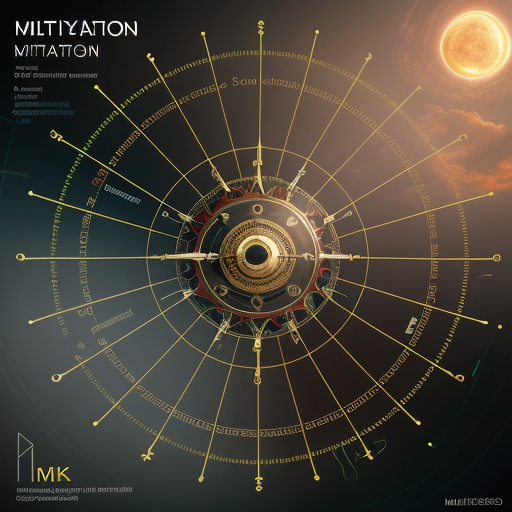Promyceliums are a unique stage in the life cycle of certain fungi, particularly those belonging to the division Ascomycota. This stage typically follows the germination of a spore and precedes the formation of mature hyphae. During this stage, the promycelium produces specialized structures called conidiophores which bear asexual reproductive structures known as conidia.
Promyceliums serve as a crucial means of dispersal for the fungal species they belong to. The conidia produced by the promycelium can be easily detached and carried away by wind, water, or other organisms, allowing the fungus to spread over wide distances and colonize new substrates. This ability to undergo asexual reproduction through promyceliums ensures the survival and propagation of these fungi even in conditions unfavorable for sexual reproduction.
Promyceliums are fascinating structures that exhibit a range of morphologies depending on the fungal species. Some promyceliums are short-lived and ephemeral, while others may persist for longer periods and grow extensively. Additionally, promyceliums can vary in appearance, ranging from single-celled structures to complex, branched networks of hyphae. These variations in structure reflect the diverse strategies employed by fungi to adapt and thrive in various environmental conditions.
Overall, promyceliums play a critical role in the life cycle and reproductive success of certain fungi. By producing asexual spores that can disperse widely, these structures ensure the survival and expansion of fungal populations. Their unique morphology and functionality contribute to the remarkable diversity and adaptability seen in the fungal kingdom. Understanding the intricacies of promycelium development and function not only expands our knowledge of fungi but also provides insights into ecological processes and relationships within ecosystems.
